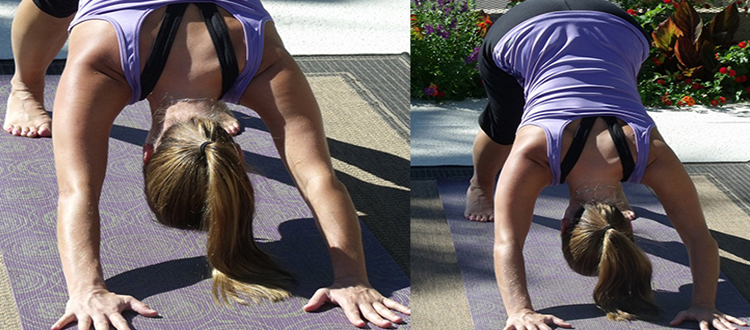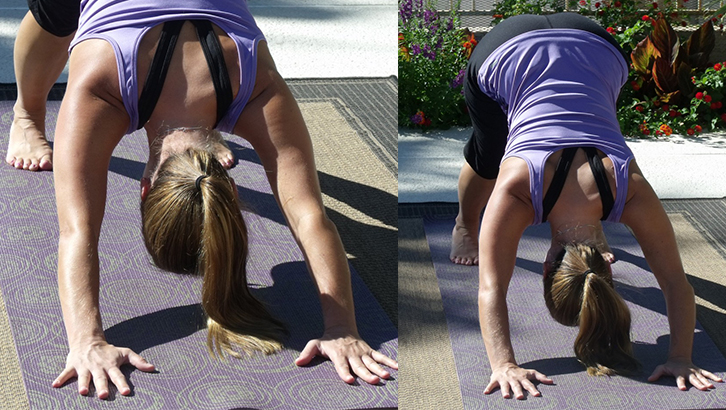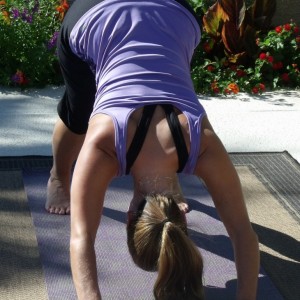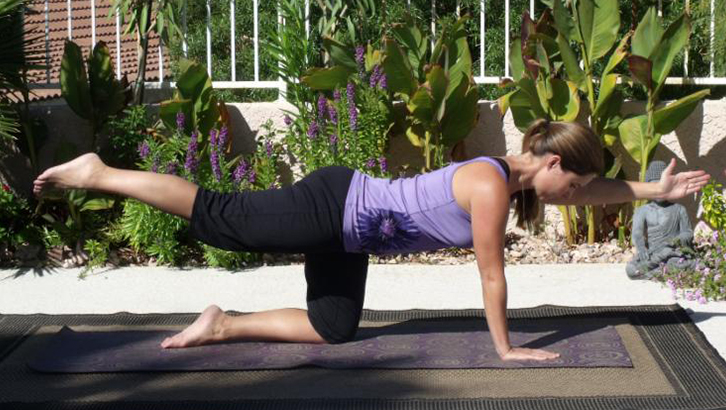
The scapula is very mobile and allows the shoulder joint to have a wide range of motion and the ability to achieve complex actions. Since this joint has such an ability of complexity and lacks bony attachments, it is important to stabilize each scapula at all times. If the scapula is not stabilized then excess tension can be found in the upper fibers of the trapezius, levator scapulae, rhomboids, infraspinatus, and teres minor. The scapulae are called on to stabilize and handle the load for upper extremity activity.
Sometimes you can forget how important it is to stabilize a joint. You can think more of a muscle for movement only. Once you have the scapulae stabilized, you create a strong foundation for the body to be supported beyond the arm. When you stabilize the scapulae, you must use the trapezius, rhomboid, pectoralis minor, and serratus anterior. When you move into Downward Facing Dog, you are depressing the scapulae along with the action of protraction and upward rotation of the scapula.
Unstabilized Scapula in Down Dog
Scapulae retracting with the shoulders rolled in
Stabilized Scapula in Down Dog
Scapulae Depressed and Protracted
Next time you massage, remember the feeling of having your scapulae stabilized as you move your arms in front of your body. The shoulders are an integral link from your hands to your body. A crucial component of bodywork is to move your arms and hands in synchronization with your entire body. To decrease stress on the arms and effectively perform bodywork, you must coordinate the arms and hands to integrate each movement.
Stay Healthy!
Karina





